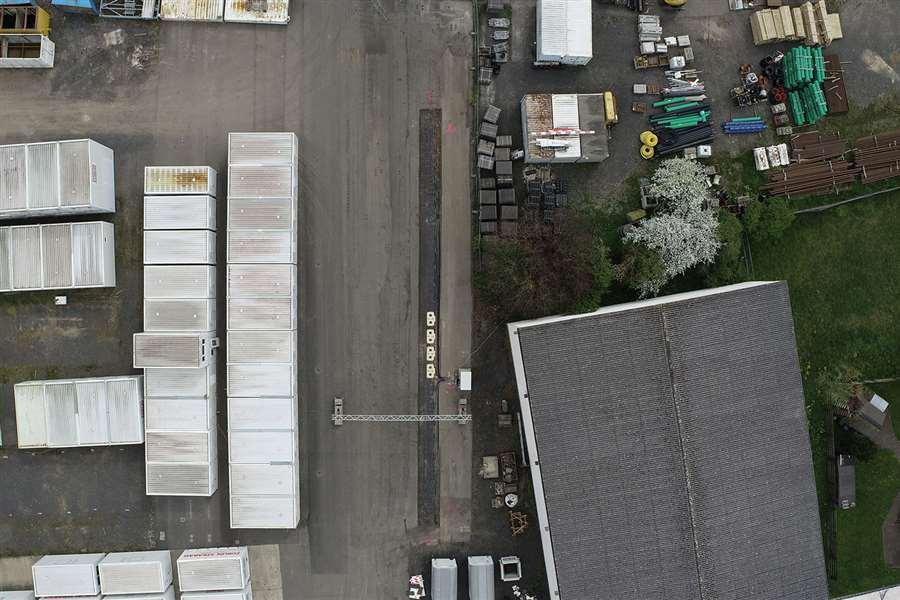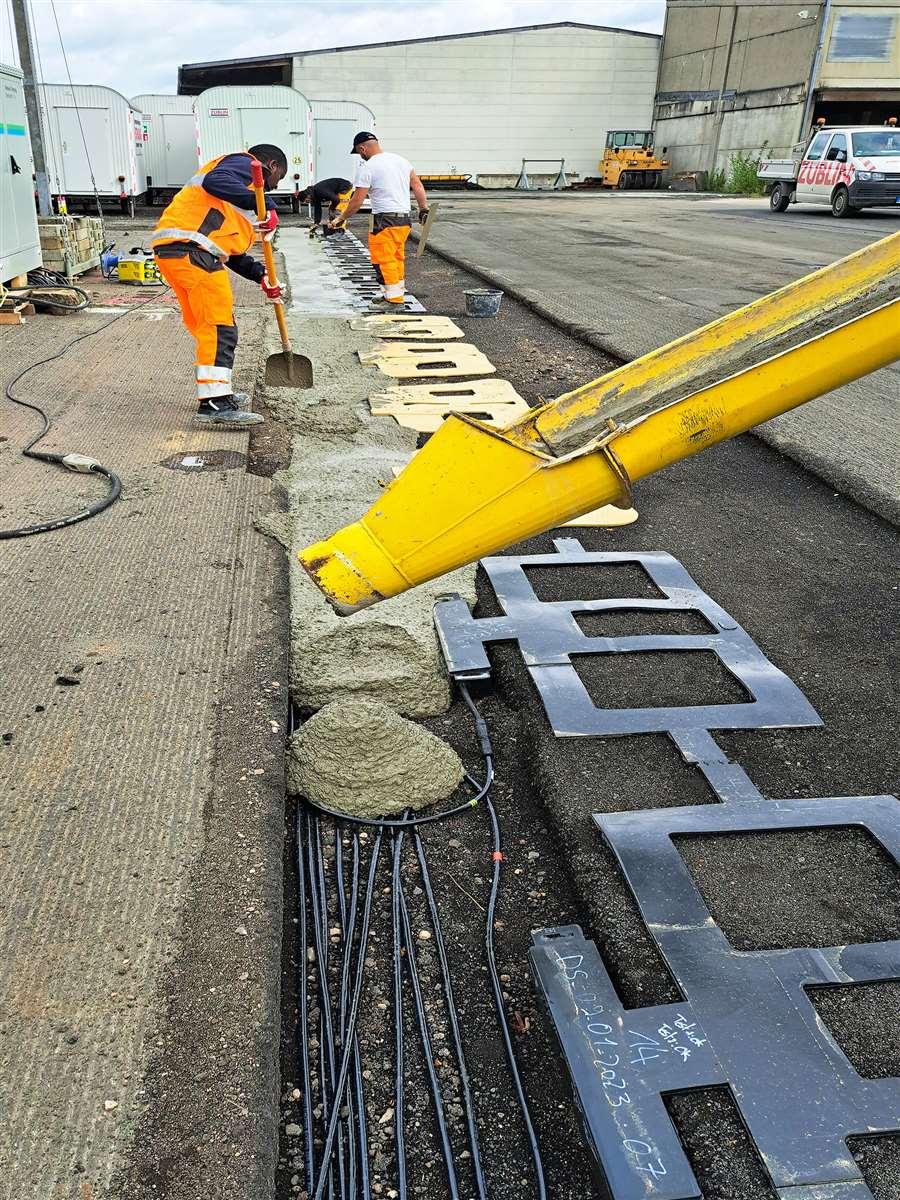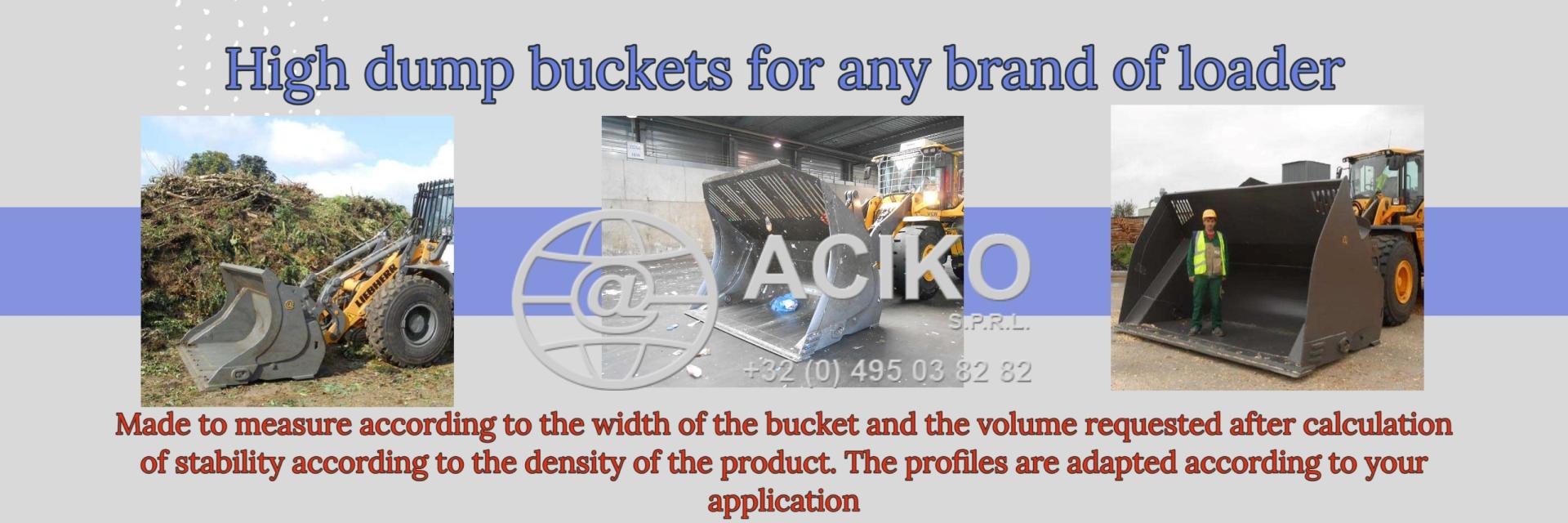R.E.News future Technology-Strabag, Electreon test German roads for inductive EV charging
 17/06/24-FR-English-NL-footer
17/06/24-FR-English-NL-footer
Strabag et Electreon testent les routes allemandes pour la recharge inductive des véhicules électriques

 Aerial view of Strabag and Electreon’s test track for an EV-charging roadway. (Image: Strabag)-Workers lay asphalt over the top of the inductive copper coils for the pilot charging road. (Image: Strabag)
Aerial view of Strabag and Electreon’s test track for an EV-charging roadway. (Image: Strabag)-Workers lay asphalt over the top of the inductive copper coils for the pilot charging road. (Image: Strabag)
Invoquant son désir de promouvoir la « mobilité électronique », Strabag – une entreprise de construction et de génie civil basée en Autriche – a déclaré avoir installé avec succès une technologie de recharge inductive sur route, avec l'aide de l'entreprise de recharge sans fil Electreon, à Bad Hersefled, en Allemagne.
Le projet a été financé par le Land allemand de Hesse, Strabag déclarant que le partenariat « a permis de réaliser une première route dotée d'une technologie qui recharge les véhicules électriques sans contact ».
Dans le cadre des tests, l'équipe a installé 23 bobines de cuivre dans la route, qui ont été câblées ensemble et connectées à une source d'alimentation adjacente à la route.
Lorsque des véhicules équipés de récepteurs de recharge à distance ont traversé le site de test, Strabag a déclaré qu'une connexion électrique sans fil avait été reçue. Les bobines alimentent également en charges les véhicules équipés qui ne roulent pas, ce qui permet d'utiliser l'application pour les autoroutes ou les parkings.
« Ce procédé innovant offre des opportunités surtout pour les cycles fermés, comme les voies de bus ou de taxi dans les transports publics. La recharge peut être effectuée soit de manière dynamique pendant la conduite, soit de manière statique, par exemple lors du stationnement », a déclaré Strabag. "Les bobines pourraient également être utilisées sur autoroute et soutenir les camions électriques, par exemple sur des pentes raides."
Pour l'installation, la piste d'essai a été fraisée puis réglée avec les bobines de cuivre équipées d'émetteurs électriques. Une fois les bobines câblées ensemble et alimentées en électricité, elles ont ensuite été recouvertes d'asphalte.
D'autres tests et ajustements de la technologie seront nécessaires, a déclaré Strabag, y compris des mises à niveau du système de bobines.
Electreon a déclaré développer des bobines avec une capacité de charge plus élevée.
Le Dr Andreas Wendt, directeur général d'Electreon Allemagne, a déclaré : « Nous allons poursuivre d'autres projets qui montrent à quel point cette technologie est puissante. Avec leur aide, nous pouvons réduire la taille et le poids des batteries – pour une mobilité plus durable.
D’autres développements routiers de recharge pour véhicules électriques à venir
Le succès en Allemagne reflète les progrès d'un projet basé aux États-Unis à l'Université Purdue dans l'Indiana. Là-bas, un groupe d'ingénieurs civils et de professionnels de la construction a également réalisé avec succès une route pilote de recharge des véhicules électriques en coopération avec le gouvernement local.
Electreon travaille également sur un projet similaire dans le Michigan, aux États-Unis, sur un tronçon de voie publique d'un quart de mile à proximité de l'endroit où se trouve le bâtiment réaménagé du Michigan Grand Central. Le prototype – qui est décrit comme une première aux États-Unis pour un passage public – est testé cette année dans l'espoir qu'une reconstruction d'une autoroute voisine (US-12) puisse également être équipée de cette technologie.
À l’avenir, le déploiement commercial d’une route ou d’un parking à recharge sans fil prendra probablement encore des années, quelle que soit la région.
"Strabag travaille déjà avec Electreon sur d'autres projets de recherche avec divers partenaires de l'industrie et de la science", a ajouté l'entreprise.
NJC.© Info Strabag
-----------------------------------------------------------------------------------------------------------------
 17/06/24-English
17/06/24-English
Strabag, Electreon test German roads for inductive EV charging

 Aerial view of Strabag and Electreon’s test track for an EV-charging roadway. (Image: Strabag)-Workers lay asphalt over the top of the inductive copper coils for the pilot charging road. (Image: Strabag)
Aerial view of Strabag and Electreon’s test track for an EV-charging roadway. (Image: Strabag)-Workers lay asphalt over the top of the inductive copper coils for the pilot charging road. (Image: Strabag)
Citing a desire to promote “e-mobility”, Strabag – an Austria-based construction company and civil engineering firm – said it successfully installed in-road inductive charging technology, with the help of wireless charging company Electreon, in Bad Hersefled, Germany.
The project was funded by the German state of Hesse, with Strabag stating the partnership “realised a first roadway with a technology that charges electric vehicles contactlessly.”
As part of the testing, the team installed 23 copper coils into the road, which were wired together and connected to a power source adjacent the roadway.
When vehicles equipped with remote charging receivers drove over the test site, Strabag said a wireless electric connection was received. The coils also supply charges to equipped vehicles that are not moving, meaning the application could be used for motorways or parking depots.
“The innovative process offers opportunities, above all, for closed cycles, such as bus or taxi lanes in public transport. Charging can be done either dynamically while driving or statically, for example when parking,” said Strabag. “The coils could also be used on the motorway and support e-trucks, for example, on steep inclines.”
To install, the test track was milled and then set with the copper coils, which are equipped with electric transmitters. Once the coils were wired together and sourced to power, they were then covered with asphalt.
Further testing and fine-tuning of the technology will be required, said Strabag, including upgrades to the coil system.
Electreon stated its developing coils with a higher charging capability.
Dr Andreas Wendt, managing director of Electreon Germany, said, “We will push ahead with further projects that show how powerful this technology is. With their help, we can reduce the size and weight of the batteries – for more sustainable mobility.”
More EV-charging road developments to come
The success in Germany mirrors progress on a US-based project at Purdue University in Indiana. There, a group of civil engineers and construction professionals also successfully produced a pilot EV-charging road in cooperation with local government.
Electreon is also working on a similar project in Michigan, US, where a quarter-mile stretch of public roadway near where the redeveloped Michigan Grand Central building is located. The prototype – which is described as a first in the US for a public passage – is being tested this year with hopes that a rebuild of a neighbouring highway (US-12) could also be equipped with the technology.
Moving forward, commercial rollout of a wirelessly-charging road or parking lot is still likely years away, regardless of the region.
“Strabag is already working together with Electreon on further research projects with various partners from industry and science,” added the company.
NJC.© Info Strabag
--------------------------------------------------------------------------------------------------------------------
 17/06/24-NL
17/06/24-NL
Strabag en Electreon testen Duitse wegen voor inductief opladen van elektrische voertuigen

 Aerial view of Strabag and Electreon’s test track for an EV-charging roadway. (Image: Strabag)-Workers lay asphalt over the top of the inductive copper coils for the pilot charging road. (Image: Strabag)
Aerial view of Strabag and Electreon’s test track for an EV-charging roadway. (Image: Strabag)-Workers lay asphalt over the top of the inductive copper coils for the pilot charging road. (Image: Strabag)
Onder verwijzing naar de wens om “e-mobiliteit” te bevorderen, zei Strabag – een in Oostenrijk gevestigd bouwbedrijf en civieltechnisch bedrijf – dat het met succes inductieve oplaadtechnologie voor op de weg heeft geïnstalleerd, met de hulp van het draadloze oplaadbedrijf Electreon, in Bad Hersefled, Duitsland.
Het project werd gefinancierd door de Duitse deelstaat Hessen, waarbij Strabag verklaarde dat het partnerschap “een eerste rijbaan realiseerde met een technologie die elektrische voertuigen contactloos oplaadt.”
Als onderdeel van de tests installeerde het team 23 koperen spoelen in de weg, die met elkaar werden verbonden en verbonden met een stroombron naast de rijbaan.
Toen voertuigen uitgerust met op afstand op te laden ontvangers over de testlocatie reden, zei Strabag dat er een draadloze elektrische verbinding werd ontvangen. De spoelen leveren ook lading aan uitgeruste voertuigen die niet rijden, wat betekent dat de toepassing kan worden gebruikt voor snelwegen of parkeerdepots.
“Het innovatieve proces biedt vooral kansen voor gesloten kringlopen, zoals bus- of taxibanen in het openbaar vervoer. Opladen kan zowel dynamisch tijdens het rijden als statisch, bijvoorbeeld tijdens het parkeren”, aldus Strabag. “De spoelen zouden ook op de snelweg gebruikt kunnen worden en bijvoorbeeld e-trucks op steile hellingen kunnen ondersteunen.”
Voor de installatie werd de testbaan gefreesd en vervolgens voorzien van de koperen spoelen, die voorzien zijn van elektrische zenders. Nadat de spoelen met elkaar waren verbonden en van stroom waren voorzien, werden ze vervolgens bedekt met asfalt.
Verder testen en verfijnen van de technologie zal nodig zijn, zei Strabag, inclusief upgrades van het spoelsysteem.
Electreon verklaarde dat het spoelen ontwikkelt met een hoger laadvermogen.
Dr. Andreas Wendt, algemeen directeur van Electreon Duitsland, zei: “We zullen doorgaan met verdere projecten die laten zien hoe krachtig deze technologie is. Met hun hulp kunnen we de omvang en het gewicht van de batterijen verminderen – voor een duurzamere mobiliteit.”
Er komen nog meer ontwikkelingen op het gebied van EV-laadwegen
Het succes in Duitsland weerspiegelt de voortgang van een Amerikaans project aan de Purdue University in Indiana. Daar heeft een groep civiel ingenieurs en bouwprofessionals in samenwerking met de lokale overheid ook met succes een pilot-EV-laadweg geproduceerd.
Electreon werkt ook aan een soortgelijk project in Michigan, VS, waar een kwart mijl lange openbare weg ligt vlakbij de plek waar het herontwikkelde Michigan Grand Central-gebouw zich bevindt. Het prototype – dat wordt beschreven als een primeur in de VS voor een openbare doorgang – wordt dit jaar getest in de hoop dat een herbouw van een aangrenzende snelweg (US-12) ook met de technologie kan worden uitgerust.
In de toekomst zal de commerciële uitrol van een draadloos oplaadbare weg of parkeerplaats waarschijnlijk nog jaren op zich laten wachten, ongeacht de regio.
“Strabag werkt al samen met Electreon aan verdere onderzoeksprojecten met verschillende partners uit de industrie en de wetenschap”, aldus het bedrijf.
NJC.© Info Strabag
-----------------------------------------------------------------------------------------------------------------
Date de dernière mise à jour : 14/06/2024
















